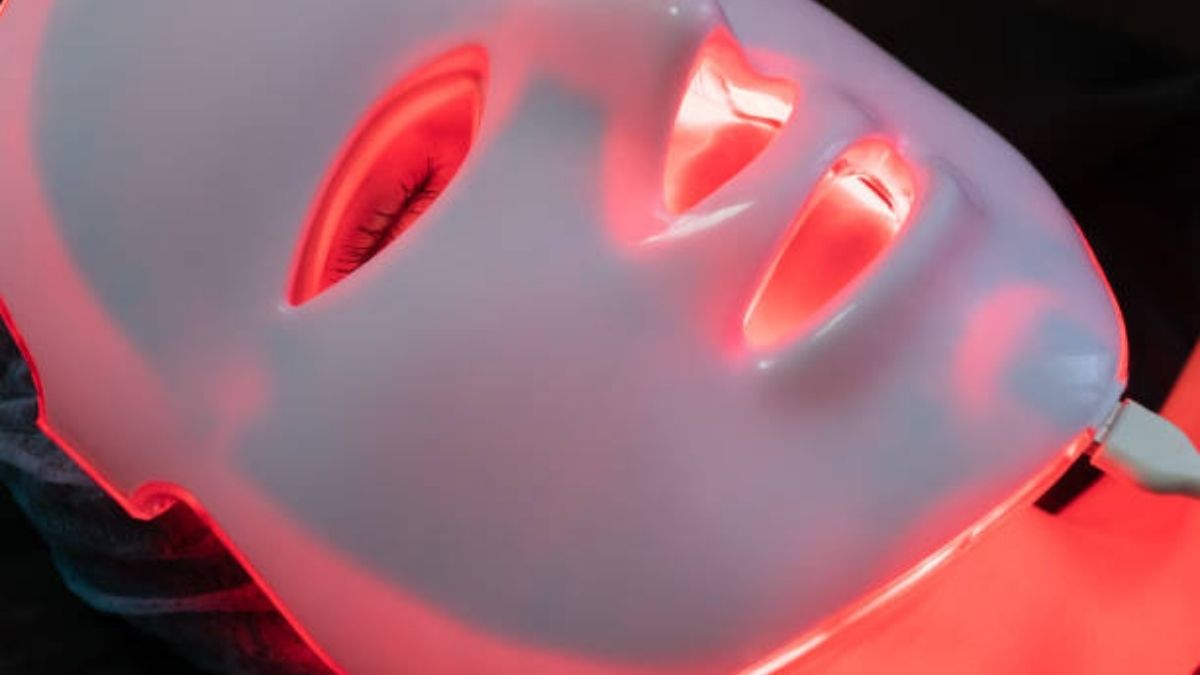Red light therapy (RLT) is a form of phototherapy that employs artificial light or a UV lamp to treat a variety of illnesses and disorders. Some researchers believe that red light may be a way to improve your mood, sleep. And even ward off cancer and cardiovascular disease.
RLT is a treatment of choice for patients with dry eye, myopia and nearsightedness, along with conditions that cause eye redness and pain. In recent years, researchers have looked into using RLT to treat multiple other conditions as well, including chronic obstructive pulmonary disease (COPD), insomnia, nausea, allergic conjunctivitis, and hyperhidrosis.
RLT is safe for most people and Animals, in fact, may even help you breathe easier. And We discuss what do cats like to eat for breakfast and diseases in cats,
Unfortunately, though, the most common RLT device on the market today is known to have some downsides. Which should be of serious concern to anyone considering it for their health or condition. In the past, I have discussed the RLT device we have recommended in these columns. We currently have a voluntary FDA warning against using that device. You can read more about it and other issues related to the device here.
Point to consider Red light therapy
Since many folks consider RLT to be a safe and proven therapy. I encourage you to explore your options before starting to use a RLT device. Here are a few points to consider when considering RLT:
1. Red light therapy does not appear to be very effective at treating eye redness and dry eye. In our clinical trials, we did not find any statistically significant difference between red light therapy and blue light therapy for dry eye.
2. Red light therapy can be uncomfortable and unpleasant. It can cause eye pain, light sensitivity, eye watering, irritation and blurred vision. Some people may experience temporary eye redness and itching. And, if you are sensitive to strong lights, it might not be a good idea to use RLT.
3. In most of our RLT studies, we used cool light therapy and found that blue light therapy was more effective for treating eye redness and eye dryness.
4. We did not see a significant difference between RLT and blue light therapy in the treatment of eyes with inflammation and the treatment of hyperhidrosis.
5. We did not find any evidence that red light therapy helped people with refractory symptoms of allergic conjunctivitis or even moderate to severe dry eye.
6. For patients with hyperhidrosis, there were no significant differences between red light therapy and blue light therapy.
Continue
7. We did not find significant differences between RLT and blue light therapy in the treatment of insomnia.
8. There were no significant differences between RLT and blue light therapy in the treatment of inflammation, allergic conjunctivitis or hyperhidrosis.
9. Research studies were performed on patients with numerous conditions and conditions with different symptoms. A retrospective cohort study, which is a study of patients treated at one time, is not a good way to compare treatments and treatment results.
10. We did not find a significant difference between RLT and blue light therapy for eye redness and dry eye or any of the other conditions mentioned above.
11. After the FDA warning, I have removed red light therapy from our recommended devices.

